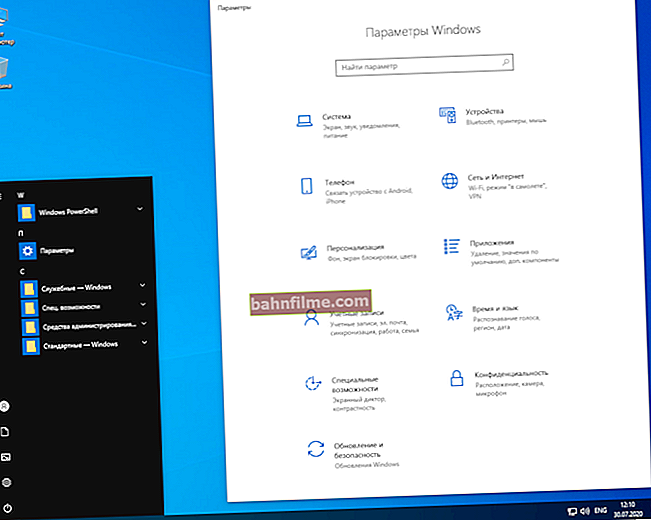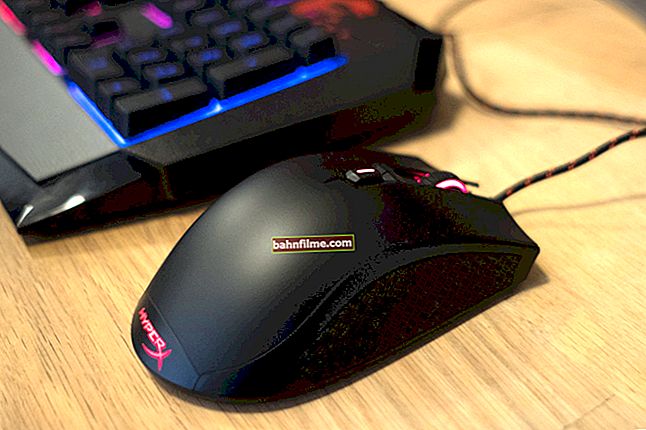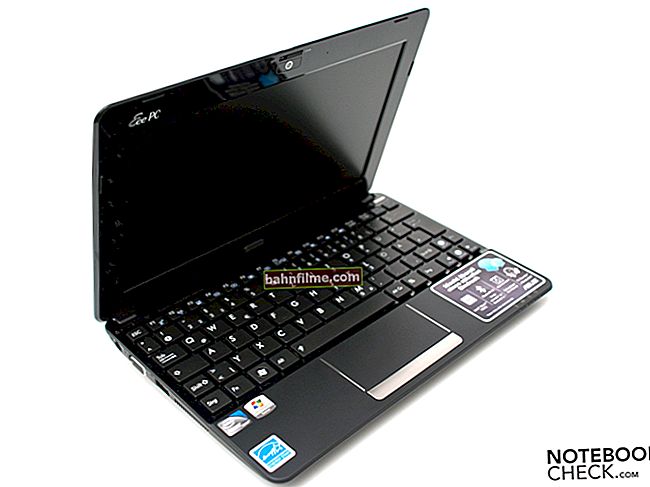 Good day!
Good day!
Creating a presentation is half the battle (or even less). Indeed, besides the search and arrangement of material (text, drawings, etc.), you need to arrange everything correctly and beautifully so that your work looks decent!
More than once or twice I saw a picture when a seemingly excellent material was poorly presented (for example, there was unreadable information on the slides) - which is why the work did not receive a well-deserved assessment.
In this article, I will focus on the main mistakes that most beginners make in this difficult business. By correcting these, your work will be properly framed and look great.
So...
To help!
I also recommend that you read the instructions for creating a presentation in PowerPoint -//ocomp.info/kak-sdelat-prezentatsiu.html
*
Major mistakes in presentation design
How many people - so many opinions 😉...
In general, each organization and educational institution has its own requirements for the design and presentation of the presentation. Naturally, when creating your work, be guided by them first of all.
Nevertheless, there are "mistakes" that are not always present in these manuals. Therefore, from my experience, I will give some "captain's" tips on how to make your presentation better!
❶
Absence of title page / or author, year on it
Many do not attach importance to the title page, and either do not do it at all, or write on it only the topic of the work. But still, purely my opinion, you still need to create it and indicate the year, the author, the description of the work on it.
For example, not so long ago I was going through my old presentations: a couple of them were not signed - so I didn't even remember their topics, and when they were!

Example of a cover page
By the way, according to the same GOST on the title page (this is relevant if you study at some educational institution), the following should be indicated:
- educational institution;
- the topic of the presentation;
- author;
- teacher or supervisor;
- contact details (for example: website, phone number. Not always indicated);
- year;
- city.
❷
Lack of plan
This point, of course, does not directly relate to the design, but I cannot but touch on it ...
Plan-plan strife! The second sheet in the presentation is usually the plan. To do it or not is your decision. But now, I wanted to talk a little about another plan - about your performance!
Whatever the presentation is - it's just slides and pictures on them. Many points, for sure, require your author's explanations, answers to questions (which are always for interesting presentations).
Therefore, think in advance about what you are going to tell and how. Many people cannot correctly estimate and calculate the time of their speech - in most cases it is limited! The most important thing is to convey the main essence of your work during the speech (otherwise, many, for example, take too long with the introduction ...).
Everything that they did not have time to tell (for example, various additions or explanations) - it is better to copy it in electronic form to everyone who is interested, or simply answer the questions of the listeners, if any.
❸
Incompatible colors
Theme design (font color, font size, color of page elements) plays a huge role! If the presentation looks great on your monitor, it is far from the fact that it will look just as good on another computer monitor (laptop), and even more so if you decide to print it (by the way, in this case, I recommend that you take a white background) ...
Imagine how the colors will merge if you move away from a monitor (even a large one) a few meters. An example is shown in the screenshot below: the presentation design on the left is not the most successful, at some distance the font begins to merge with the theme, but on the right, on the contrary, the readability is much higher!

Theme design
Try to avoid the following:
- do not use pink, yellow (and generally light tones and shades) for text - they are hard to see when there are glare in the room, or at a distance;
- do not use a dark background (especially black) for the presentation: eyes get tired quickly when reading text against such a background. If you don't believe me, try opening a site with a black background ...
❹
Font size too small, choice of poorly readable font
Some users like to use rare fonts when creating a presentation. On the one hand, the font certainly looks beautiful, but on the other, there are a number of disadvantages:
- First, many beautiful fonts are hard to read. Try to read such a "beautiful" font for a long time - your eyes will quickly get tired. In addition, it is hard to see from a long distance (example in the screenshot above). My advice: if you use such rare fonts - make them only for headings (or short descriptions) and be sure to as large as possible!
- secondly, the selected rare font may not be on the other PC on which you run the presentation. As a result, your work will be destroyed, it will take time to fix it ... In my opinion, it is best to choose the following fonts: Arial, Tahoma, Verdana (they are available on almost any computer, as well as they are convenient and easy to read);
- third, try to avoid italics and underlines in the body text. Still, it is much easier to read ordinary text (without highlighting) (see the illustrative screen below);
- fourthly, do not be too small, it is better to make 2-3 slides instead of one, on which everything will be clearly visible. Try to choose a larger font size.

Fonts: Segoe Print vs Arial (Arial is much better visible and easier to read, especially from a distance)
❺
Poor description for pictures
Many people make descriptions for pictures directly on the pictures themselves. As a result, part of the description is simply invisible, especially if the color of the text (font size) merges with the colors of the picture. An example is shown in the screenshot below.

Description for pictures: successful, unsuccessful
One of the best options: do the description for the picture below / side / above, but not on the picture itself.
❻
Sound and video problems
Quite often we had to observe problems with presentations in which video or audio inserts were used. Often, the computer from which the presentation was launched and presented did not have the necessary codecs, as a result, the video was not shown, and the presentation lost part of its price.
I recommend that you take along with the presentation video and audio files (which were used in it), as well as codecs and players for playing these files (link below).

Video and audio codecs (for all occasions 😉 ) - //ocomp.info/kodeki-dlya-video-i-audio.html
By the way, if you plan to print a presentation on paper and present it in this form, then there is no point in including video and audio in the slides, it is better to just copy them to a USB flash drive and take them with you.
❼
Spelling, punctuation errors
Another scourge of many presentations is spelling and punctuation. PowerPoint has a dedicated section "Review" so a simple tip is to test your presentation before giving anyone a presentation. Also on the Internet there are special services for checking spelling and punctuation - the link is given below.

How to check punctuation online - //ocomp.info/kak-proverit-punktuatsiyu-onlayn.html

Description error
❽
I will do it tomorrow / the day after tomorrow ...
And, the last piece of advice, which came only with experience ... Try to never postpone the creation of the presentation (and indeed, the rest of the business) until the very last day / deadline - as a rule, in a hurry, everything will go completely differently than you would like. Why do you need mistakes, nerves, fuss, when you can avoid them ?! ...
*
Add-ons are always welcome. ✌
Thank you all for your attention.
Article revised: 1.03.2019









